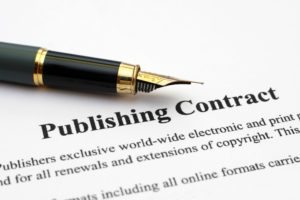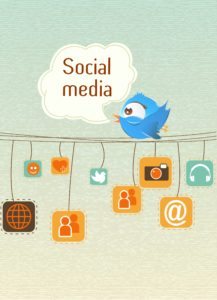Quick links, bringing you great articles on writing from all over the web.
~ * ~
How to Study Subtitles to Write Better Dialogue

by
What if I told you that you can become a better writer and watch your favorite shows and movies at the same time—and all you have to do is turn on the subtitles?
Most writers agree that we should learn from watching film. How can we, as writers, study it to create more fluid and in-depth scenes?
We can start with the dialogue.
How Film Can Teach You to Write Great Dialogue
Many writers struggle with dialogue. We wonder how to make it real, make it believable, and make it stand out.
Of course, the words characters speak are vital. But as we get lost in finding our voice, we sometimes forget that it’s not only what characters say that matters: how they say it is just as important.
One of the great advantages of film is that the delivery is built right into the dialogue. Studying movies with the subtitles on can help you learn how to write powerful words and engaging scenes.
Try it yourself: choose one of your favorite television shows or movies and throw on the subtitles. As the scene progresses, pay attention to the intonation, tones, and expressions the actors use to convey their lines.
The subtitles alone often look boring or bland, but paying attention to the way the lines are delivered can help you fine-tune dialogue of your own.
3 Steps to Practice Writing Great Dialogue
Let’s try an example together using the show Gilmore Girls (expected to re-launch on Netflix before the end of the year, just in case you didn’t know), which is known for its clever dialogue.
~ * ~
If you liked this article, please share. If you have suggestions for further articles, articles you would like to submit, or just general comments, please contact me at paula@publetariat.com or leave a message below.



 Twitter has hundreds of millions of daily users worldwide. It is both a way to engage one to one with people and a way to broadcast information. Writers use it every day for both. Search for #amwriting on Twitter and you will see some of the activity writers are engaging in on Twitter. Some of it is broadcasting. Some of it is looking for engagement.
Twitter has hundreds of millions of daily users worldwide. It is both a way to engage one to one with people and a way to broadcast information. Writers use it every day for both. Search for #amwriting on Twitter and you will see some of the activity writers are engaging in on Twitter. Some of it is broadcasting. Some of it is looking for engagement.









